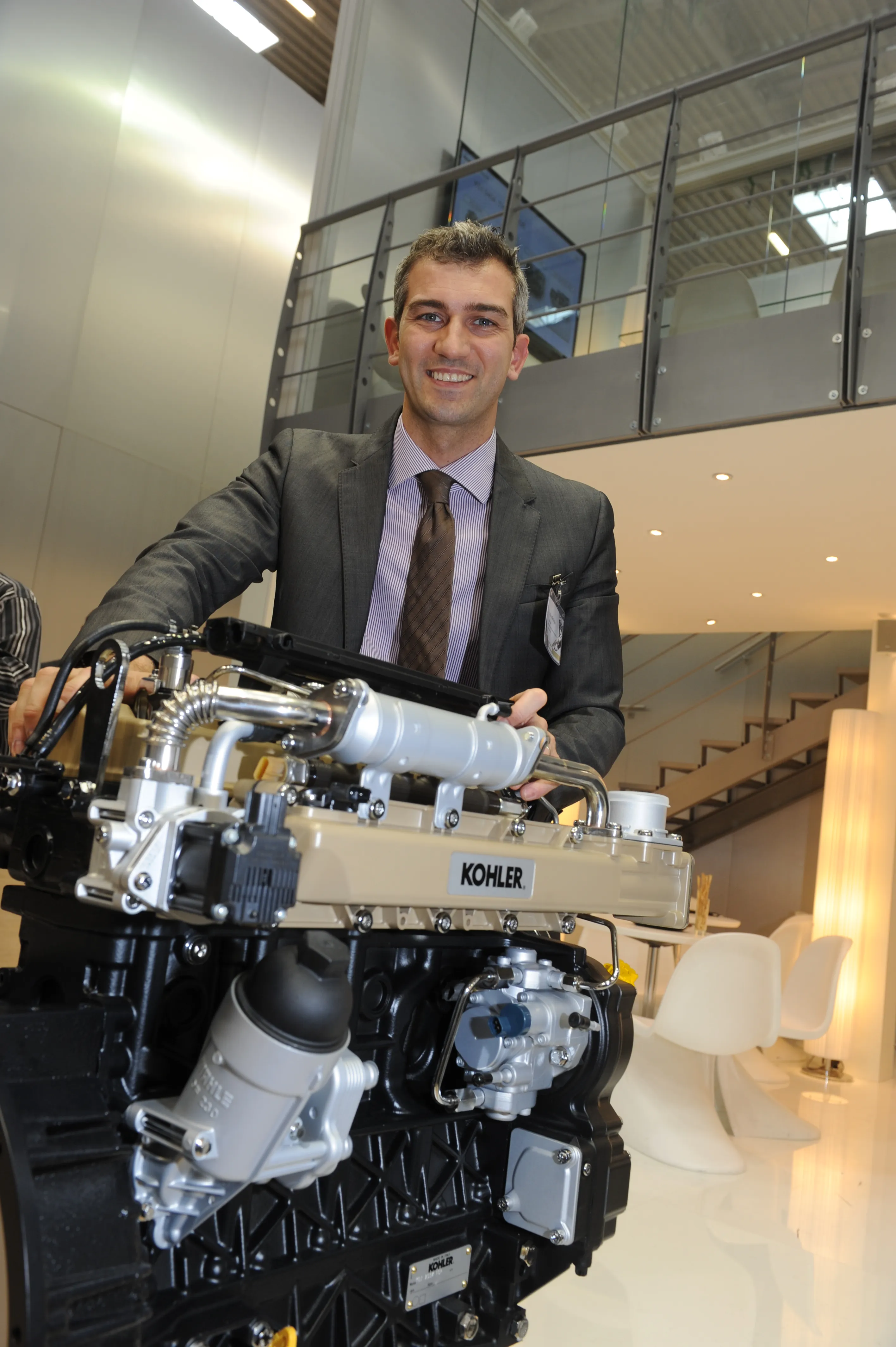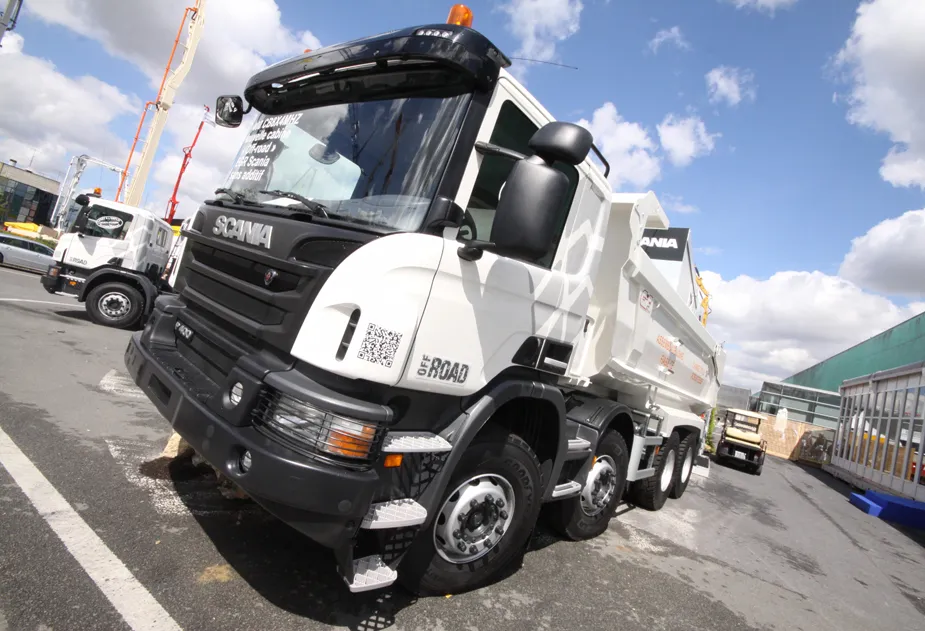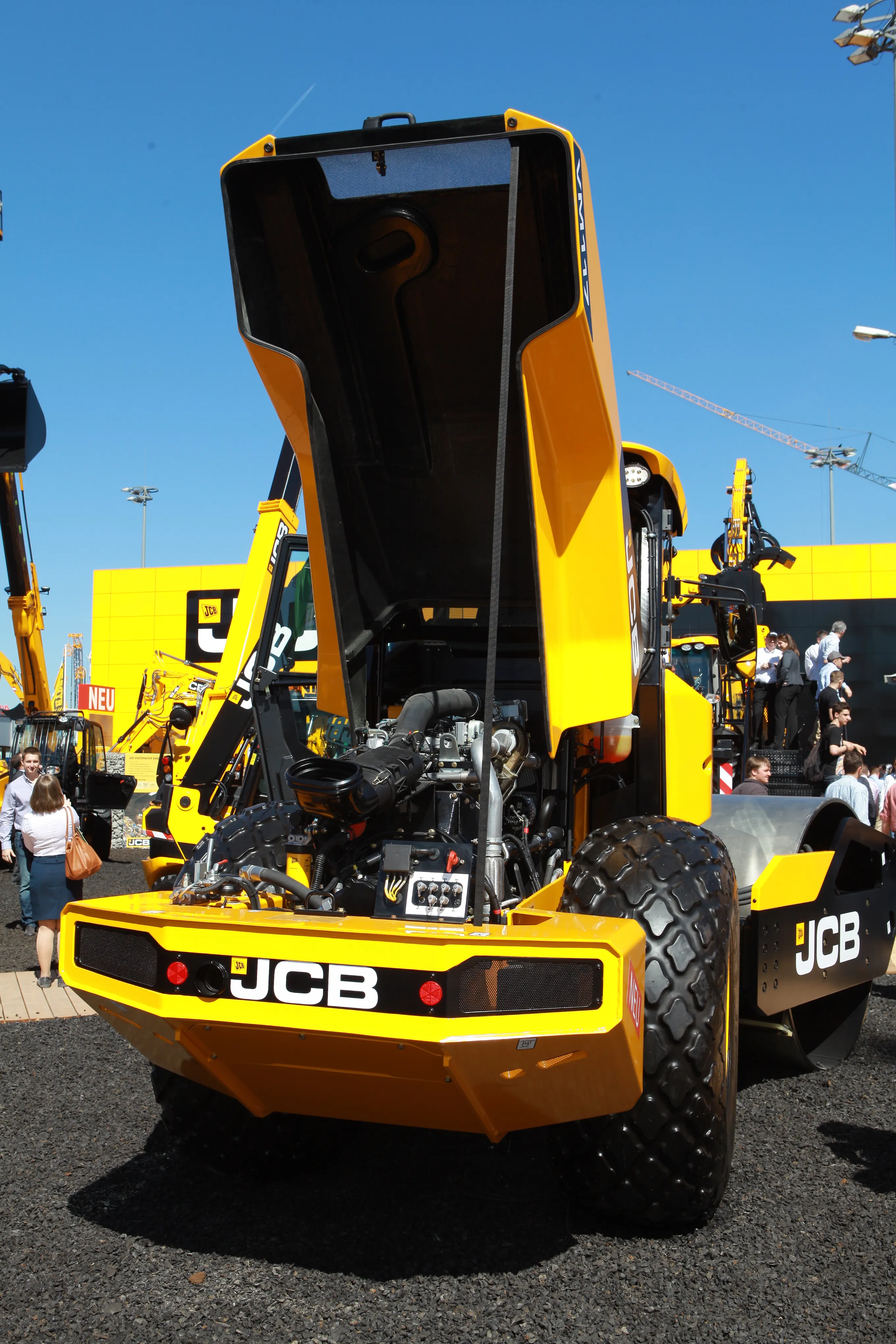Lombardini is moving ever closer to offering a 100kW engine as part of its strategy to grow the Kohler KDi series above the 56kW maximum output that currently sits at the top of its range. “We have developed a 3.4litre, four-cylinder engine that will take us to 100kW,” said Lombardini’s marketing and communications manager Nino De Giglio. “The engine is currently being tested and will go into production towards the end of 2014.” De Giglio said the arrival of the new 100kW engine, with its 480Nm of torque, c
April 18, 2013
Read time: 1 min

“We have developed a 3.4litre, four-cylinder engine that will take us to 100kW,” said Lombardini’s marketing and communications manager Nino De Giglio. “The engine is currently being tested and will go into production towards the end of 2014.”
De Giglio said the arrival of the new 100kW engine, with its 480Nm of torque, could allow OEMs to downsize.
“With its high power density, we expect our new 3.4litre KDi engine to be attractive to OEMs looking to downsize from 4.4litre engines and seek out higher fuel efficiency,” he said.
Stand: A4.402
%$Linker:








